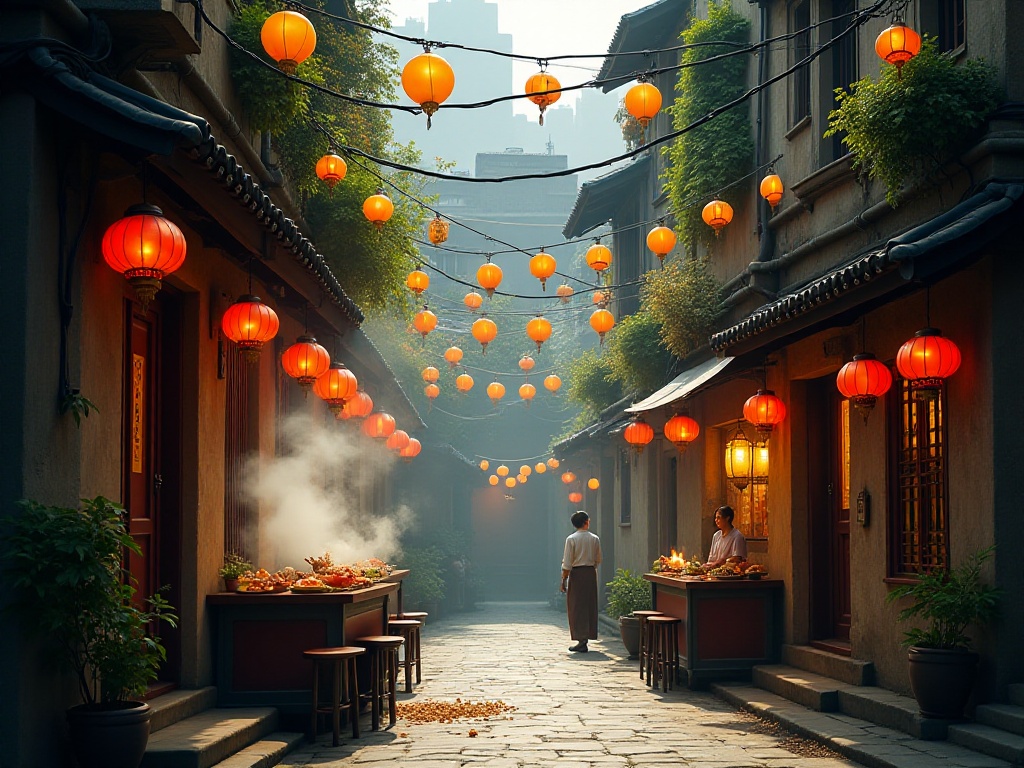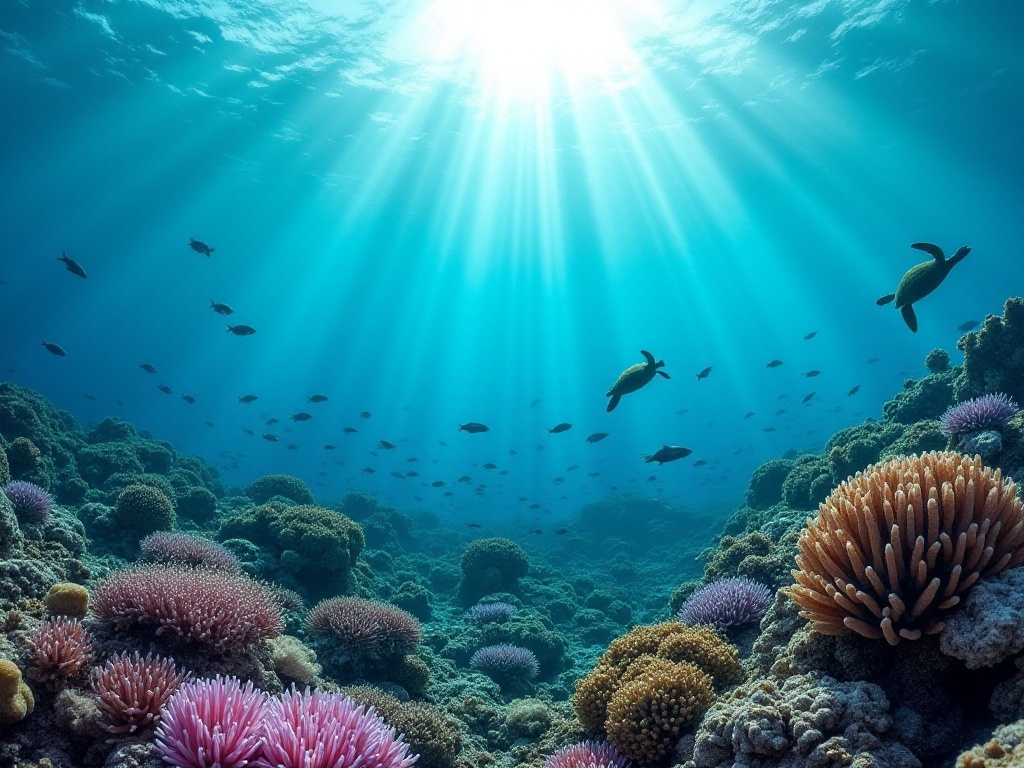
Origins
I recently rewatched all seven seasons of "Travel Guide" in one go. As I watched, I suddenly realized how dramatically the show's content presentation has changed in just a few short years. As a creator who has worked in travel content for many years, I was deeply captivated by these changes.
Looking back, this show's evolution from initial "checklist tourism" to today's "immersive experience" is like witnessing a revolution in global travel content production. Each season brought viewers new perspectives and experiences, making one marvel at the magic of content creation.
Asia-Pacific Focus
Season one of "Travel Guide" kept its lens firmly focused on the Asia-Pacific region. Familiar destinations like Tokyo, Phuket, and Queenstown occupied much of the airtime. Each episode ran about 40 minutes, perfectly matching viewers' watching habits.
I remember being amazed by the production team's creativity when I first watched the Tokyo episode. In 42 minutes, they perfectly captured the city's many faces. At 5 AM, the camera takes you into Tsukiji Market to experience the fishermen's busy morning; at 10 AM, you follow the lens strolling under Sensoji Temple's red lanterns; at 2 PM, you're in Akihabara's anime world; at 8 PM, you're sitting in an izakaya, listening to tipsy office workers share their lives.
The Phuket episode impressed me most. Instead of just showing tourist hotspots, the team delved into local life. They found a Thai woman who had lived in Phuket for 30 years, following her to morning markets, making Tom Yum Goong, and attending temple activities. Through her perspective, viewers saw a real, living Phuket.
The Queenstown episode perfectly showcased New Zealand's natural beauty. From the first ray of morning light by the lake to the evening in Queenstown Gardens, to the night sky, every frame was like a carefully composed painting. The team also interviewed local Chinese guides, sharing their life stories in Queenstown, making the show both visually stunning and culturally warm.
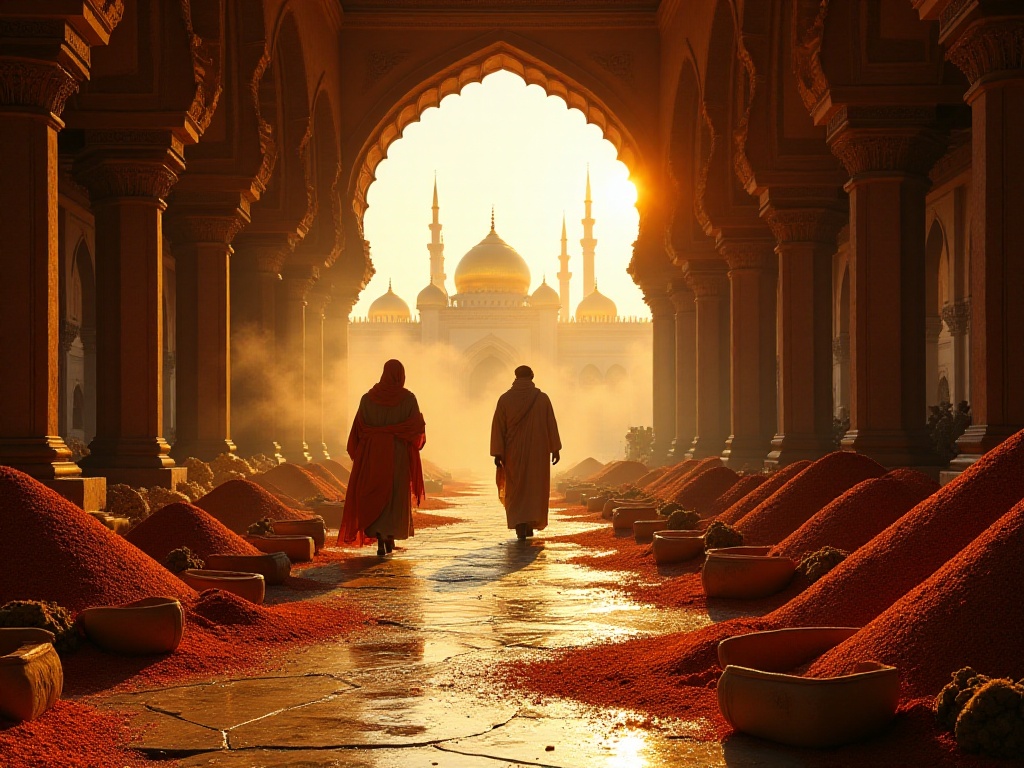
Global Vision
By season seven, the show's scope had expanded dramatically. From India's Ganges to Nepal's Himalayas, from Hollywood in Los Angeles to Las Vegas casinos, from Peru's Machu Picchu to Paris's Champs-Élysées, the content's breadth was astounding. Episode lengths increased too, with some reaching 70 minutes.
The India and Nepal episode was masterful. The team spent 75 minutes helping viewers deeply understand South Asian civilization. In Varanasi, they not only filmed Ganges rituals but also went into local homes, recording how people live modern lives in this ancient city. In Kathmandu, they found a Nepalese thangka painter, using his story to show the inheritance and development of Tibetan Buddhist art.
The Los Angeles and Las Vegas combination was interesting too. The team went beyond the Hollywood Walk of Fame to explore American entertainment industry history. They interviewed a Chinese-American lighting technician who had worked in Hollywood for 40 years, showing Hollywood's real face through his perspective. In Las Vegas, beyond the glittering casinos, they documented the "invisible people" on the city's edges, showing another side of the city.
The Peru episode was particularly memorable. The team not only toured Machu Picchu but deeply explored Incan civilization's historical origins. They found an archaeologist who explained the Incan Empire's rise and fall in detail; interviewed local Indians to understand how they maintain ancestral traditions in modern society. Through these details, viewers saw not just sites but a civilization's soul.
The France episode was like a mini-documentary. From Paris's café culture to Provence's lavender fields, from the Louvre's artistic halls to countryside vineyards, the show perfectly displayed French cultural diversity. Especially in Provence, they found a Chinese couple who had settled there, showing viewers another possibility of French rural life through their story.
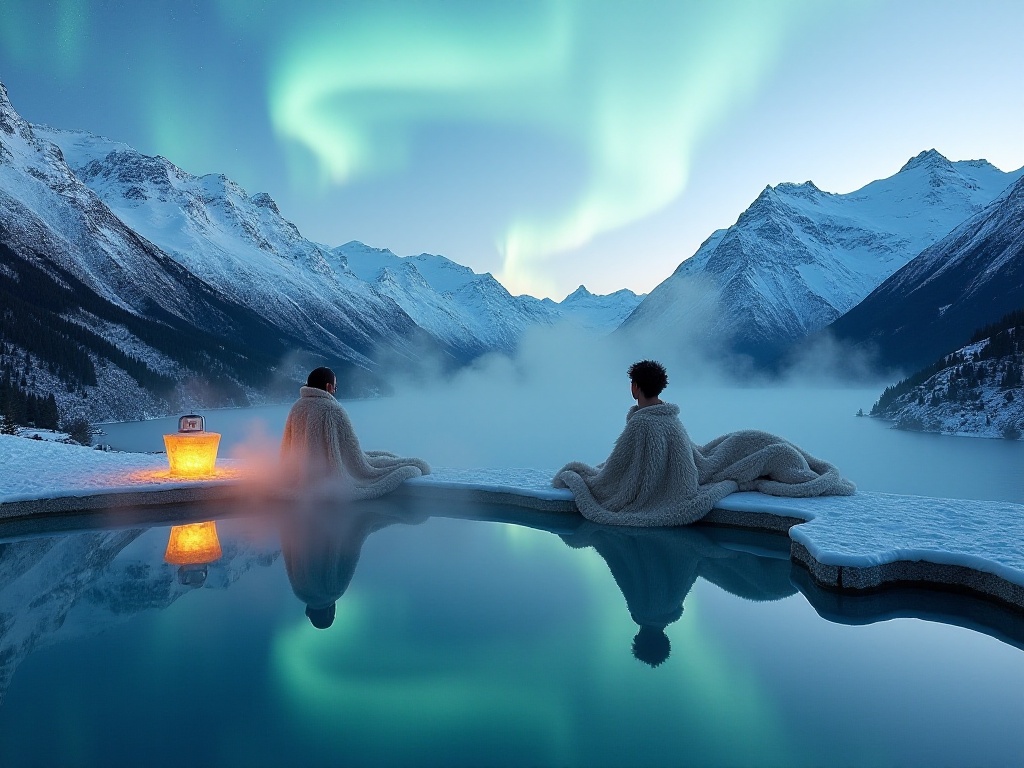
Content Upgrade
From a content production perspective, season seven's improvements were comprehensive. Taking the Hong Kong episode as an example, the team spent 50 minutes building a three-dimensional image of Hong Kong. They not only took you to Victoria Peak to overlook Victoria Harbor's night view but also into Sham Shui Po's alleys to feel the atmosphere of street life.
For the food section, they didn't simply list Michelin restaurants but deeply explored the cultural connotations of Hong Kong-style tea restaurants. Through a three-generation tea restaurant, they told the story of Hong Kong's food culture evolution. The owner's words, "We're not selling food, we're passing on memories," captured the essence of Hong Kong cuisine.
For human interest stories, the team interviewed Hong Kongers from all walks of life: newspaper vendors starting work at 4 AM, office workers working overtime in Central, young street performers in Mong Kok. Through their stories, they showed different faces of the city. Especially touching was the story of a tea lady who had worked in Central for 30 years, showing Hong Kong's human warmth.

Revelations
These changes brought profound insights to us content creators. First is the importance of content depth. Today's viewers are no longer satisfied with surface-level scenery; they crave more human stories and deep analysis. Like in the France episode, 68 minutes included not just the glittering Eiffel Tower but also simple Provençal country life. Through delicate camera language and deep story mining, the team helped viewers truly understand French culture.
Second is the diversification of narrative methods. From initial site introductions to later human stories to today's immersive experiences, as viewer tastes change, our creation methods must keep pace. In the Peru episode, for example, the team used multiple narrative lines, combining historical civilization exploration, modern life display, and character stories to show the country's charm on multiple levels.
Third is the importance of technical innovation. From season one to seven, the show's filming technology made quantum leaps. New technologies like HD aerial photography, time-lapse photography, and underwater cameras made visuals more stunning. Especially in Nepal's Himalayas, the team used professional high-altitude photography equipment to capture amazing mountain sunrises.
Fourth is the value of localized production. The team always found local Chinese people or those familiar with Chinese culture as guides, providing more accurate information and making content more relevant to Chinese audiences. Like in the France episode, the Chinese couple settled in Provence played an excellent role as cultural bridges.
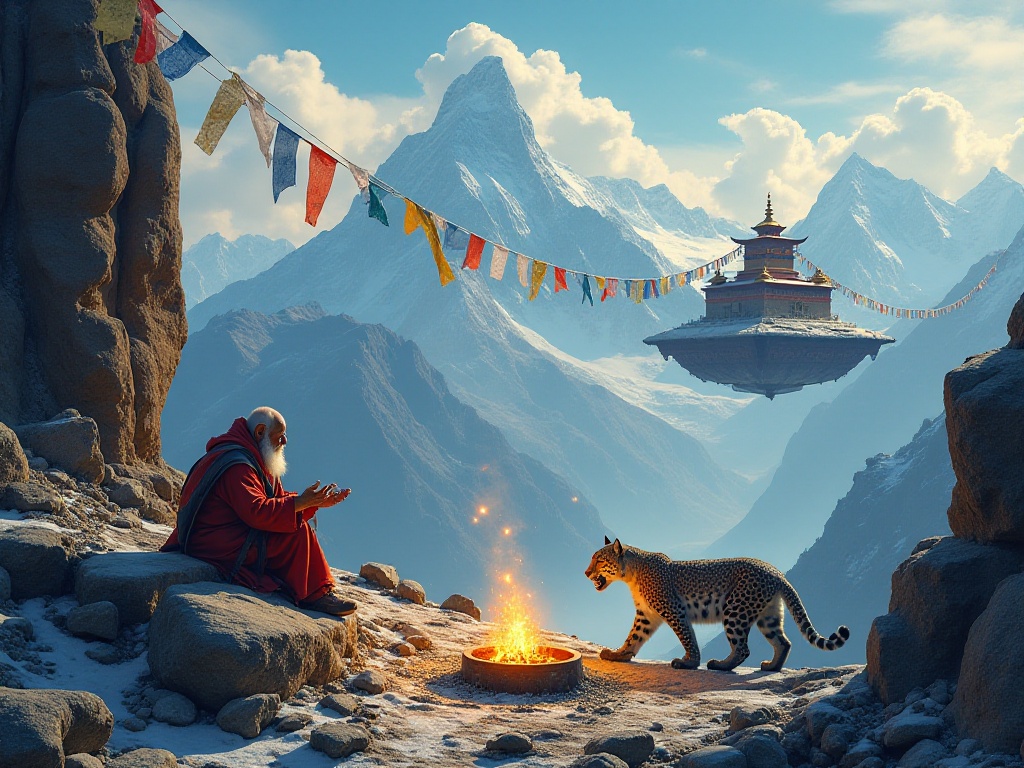
Future Prospects
Looking back at these changes from 2025's starting point, I can't help thinking about travel content's future direction. Perhaps we'll see more interactive content formats, letting viewers choose what to watch next. Or new technologies like VR and AR might bring totally new viewing experiences, making viewers feel truly present.
I also look forward to seeing more content focused on sustainable tourism. With rising global environmental awareness, how to enjoy travel while protecting local environments and cultures deserves deep discussion. Like "Travel Guide" mentioned in the Peru episode, how to develop tourism while protecting Machu Picchu's ruins is worth everyone's consideration.
From a content creation perspective, I think future travel shows will focus more on conveying values. Beyond showing beautiful scenery and food, they'll convey understanding and respect for different cultures. Like "Travel Guide" showed in the India episode, although many Indian phenomena might be hard for Chinese viewers to understand, the production team maintained an objective and respectful attitude worth all content creators learning from.
Moreover, I believe future travel content will emphasize more personalization and differentiation. As the tourism market segments, different groups' needs continue to diverge. Some like luxury vacations, others prefer backpacking; some pursue food experiences, others love outdoor adventures. How to provide targeted content for different groups will be an important question future content creators face.
By the way, which travel show series do you like best? Traditional scenic introduction shows or these deep experiential contents? Welcome to share your thoughts in the comments. Let's look forward to the bright future of travel content creation together!
Next
From Paper Guides to Digital: Exploring the Evolution and Future Trends of Global Travel Guides
Comprehensive analysis of diverse travel guide resources, covering traditional publications like Lonely Planet, online travel platforms, TV travel shows, and digital travel content, providing readers with various channels to access travel information
Discovering the Beauty in Details: Why Are Professional Travel Guides Being Replaced by Personal Travel Experiences?
An in-depth exploration of modern travel guide formats across various media, covering both audiovisual and digital platforms, analyzing their content features, coverage scope, and presentation styles to provide comprehensive travel information
My First Solo Trip Around China: How to Plan a Spontaneous Journey Using Artificial Intelligence
An in-depth analysis of modern travel guide trends, covering AI-assisted planning, social sharing platforms, and digital destination management, exploring the transformation of tourism services towards intelligence and personalization
Next
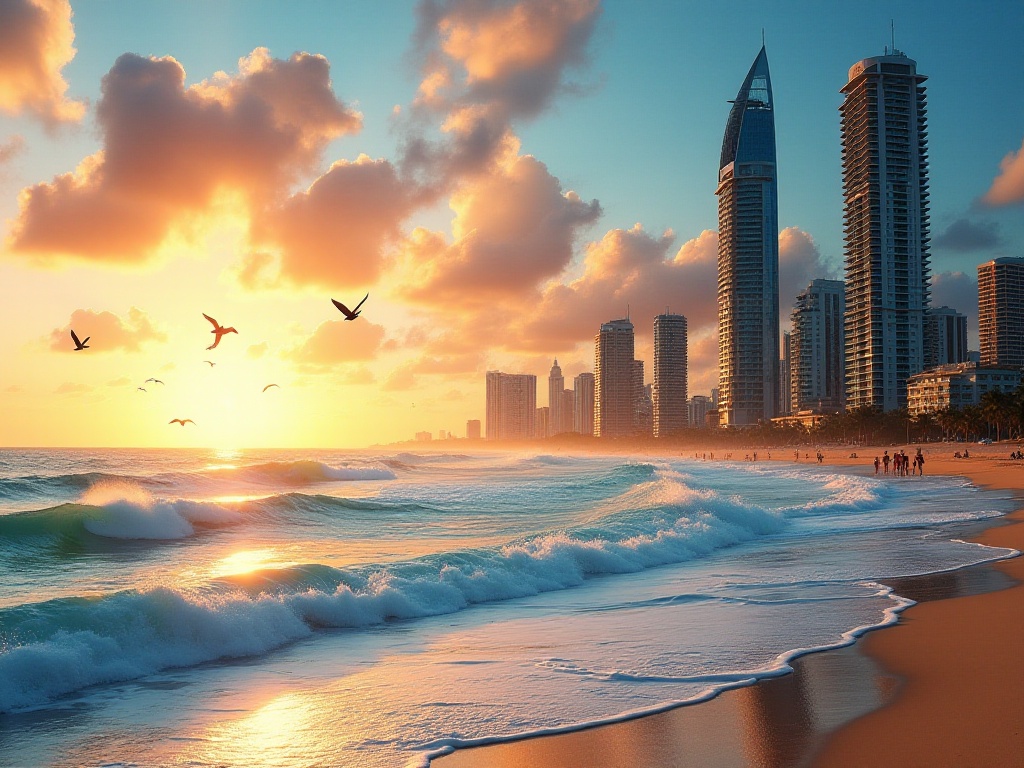
From Paper Guides to Digital: Exploring the Evolution and Future Trends of Global Travel Guides
Comprehensive analysis of diverse travel guide resources, covering traditional publications like Lonely Planet, online travel platforms, TV travel shows, and digital travel content, providing readers with various channels to access travel information
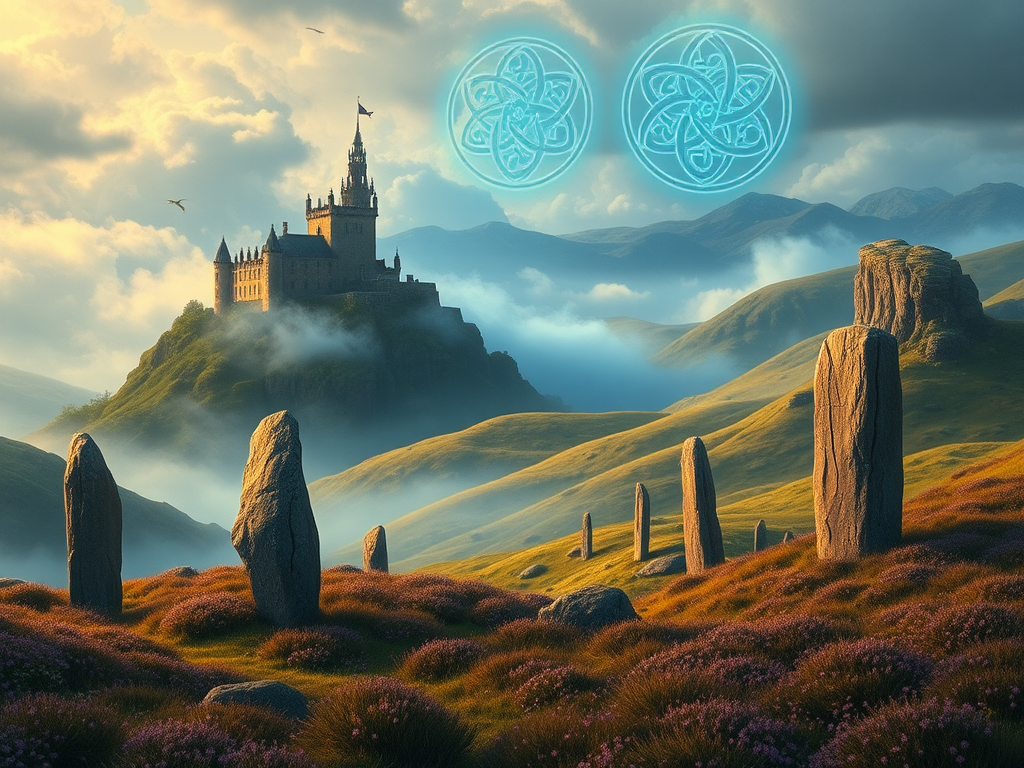
Discovering the Beauty in Details: Why Are Professional Travel Guides Being Replaced by Personal Travel Experiences?
An in-depth exploration of modern travel guide formats across various media, covering both audiovisual and digital platforms, analyzing their content features, coverage scope, and presentation styles to provide comprehensive travel information
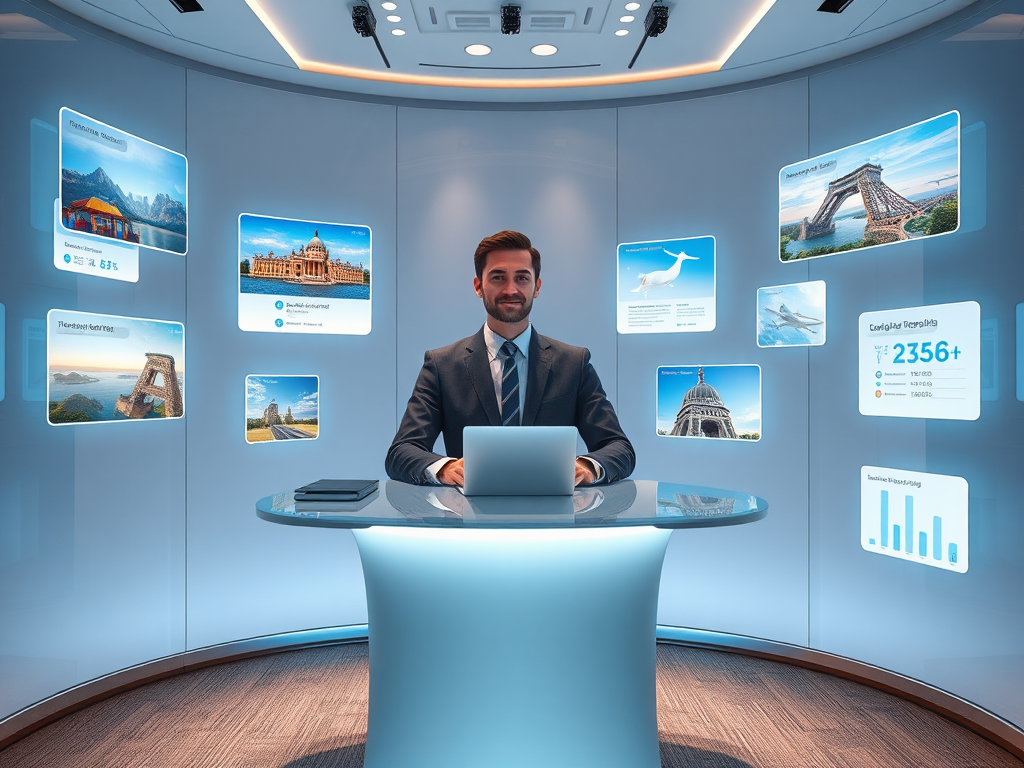
My First Solo Trip Around China: How to Plan a Spontaneous Journey Using Artificial Intelligence
An in-depth analysis of modern travel guide trends, covering AI-assisted planning, social sharing platforms, and digital destination management, exploring the transformation of tourism services towards intelligence and personalization

